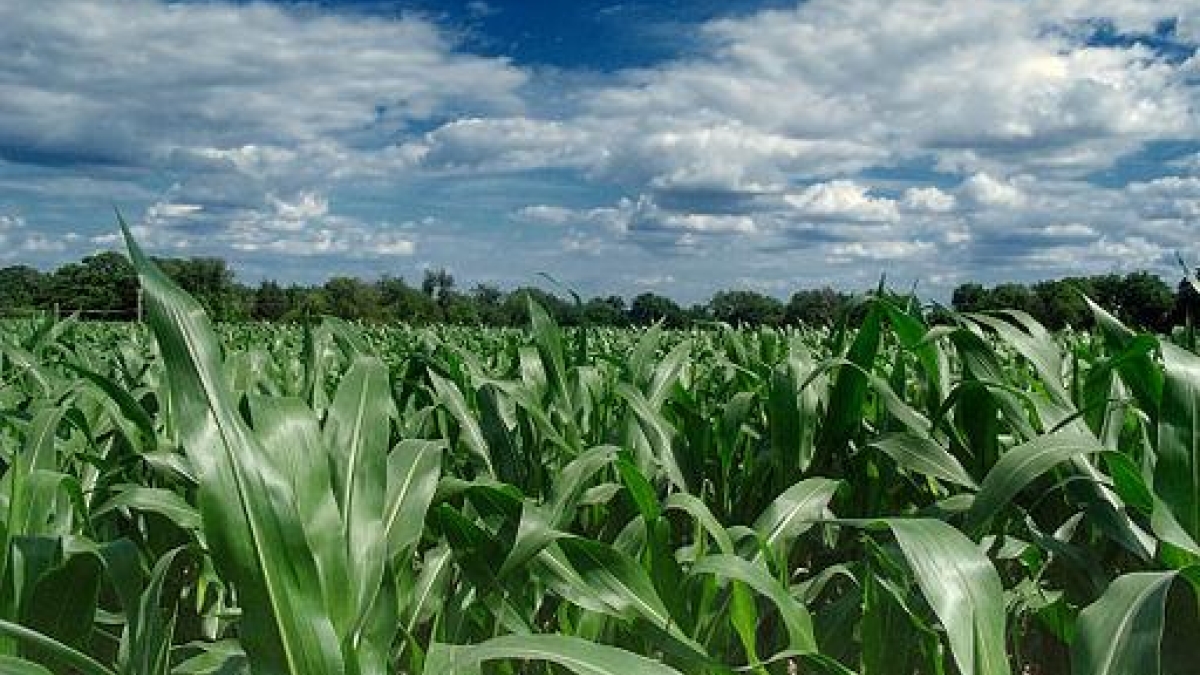ASU scientists gather in D.C. to tackle phosphorus sustainability issues

Researchers from Arizona State University, along with more than 40 other scientists, engineers, technical experts and policy makers from around the world, are convening in Washington, D.C., on May 18-21 to study ways to create a sustainable phosphorus fertilizer system.
The use of phosphorus, a key component of fertilizers, is increasing around the world. As a result, the runoff of phosphorus from farms and cities is creating noxious algal blooms, which often lead to "dead zones" in rivers, lakes and coastal oceans.
Furthermore, the price of phosphate rock used for fertilizer production is increasing, and uncertainty surrounds the long-term reliability of these rock supplies, as they are distributed from just a few countries.
Many experts believe humanity's phosphorus use has already exceeded "safe boundaries" and are calling for solutions both to protect water quality and ensure long-term reliable supplies of phosphorus for fertilizer.
Funded by the National Science Foundation, the Research Coordination Network titled “Coordinating Phosphorus Research to Create a Sustainable Food System” is meeting for the third time. The research network, which started in 2013, is working together for five years in an effort to spark an interdisciplinary understanding of the phosphorus sustainability challenge.
This year’s stakeholder event, “The Future of Phosphorus,” will bring together some of the world’s top scientific experts, as well as leaders from industry, non-governmental organizations and the U.S. and foreign governments, to envision solutions for phosphorus sustainability.
The gathering is being held jointly with the organizational board meeting of the new North American Partnership for Phosphorus Sustainability (NAPPS), seed-funded by ASU.
"It's clear that ASU, with its early support of the Sustainable Phosphorus Initiative, has been a key driver in expanding interest in the global P [phosphorus] sustainability challenge. And now, the university is working to identify and accelerate innovations in the real world through the new NAPPS platform," said James Elser, Regents’ Professor with ASU’s School of Life Sciences and distinguished sustainability scientist with its Global Institute of Sustainability.
Four key areas of concern regarding phosphorus sustainability will be the focus of the event including: phosphorus recycling; phosphorus and agriculture; phosphorus demand in bioenergy and food; and phosphorus and water quality. Expert panels will provide a forum for participants.
After the discussions, researchers with the network will use the information to address critical phosphorus sustainability issues such as the accumulation of "legacy phosphorus" in global watersheds, the pros and cons of different phosphorus recycling technologies, and the political and institutional barriers that could slow the adoption of phosphorus sustainability innovations.
"In this stage of the [Research Coordination Network], we're really trying to move in a more interdisciplinary direction, bringing new perspectives to these difficult problems, so that novel solutions can be identified and quickly implemented," said Helen Rowe, assistant research professor with the School of Life Sciences and senior sustainability scientist with the Global Institute of Sustainability.
Some of the event’s highlights include:
• four expert panels on key areas of phosphorus sustainability
• keynote address on the Gulf of Mexico "dead zone" by Nancy Rabalais, 2012 recipient of a MacArthur Genius Award
• roundtable discussions on “real world” policy and information gaps, aimed at directing the emphases of upcoming research projects
The Research Coordination Network first focused its efforts on two challenges – improving phosphorus efficiency in food production and developing ways to recycle phosphorus.
After this event, issues raised during panel discussions will guide a transition of the research focus to innovative practices and technologies that integrate efficiency and recycling to create a sustainable fertilizer system.
Arizona State University is actively pursing phosphorus sustainability through its Sustainable Phosphorus Initiative, with scientists and engineers throughout the university participating in this interdisciplinary effort.
Led by researchers from Arizona State University, NAPPS is the North American equivalent to and an active partner with the European Sustainable Phosphorus Platform (ESPP). NAPPS was created to promote and foster the implementation of sustainable phosphorus solutions in both private and public sectors in North America.
ASU School of Life Sciences is an academic unit of the ASU College of Liberal Arts and Sciences.